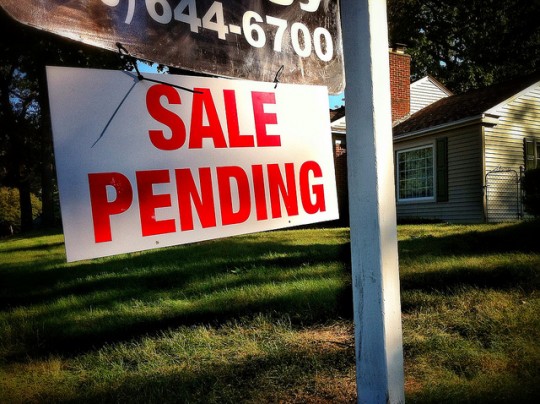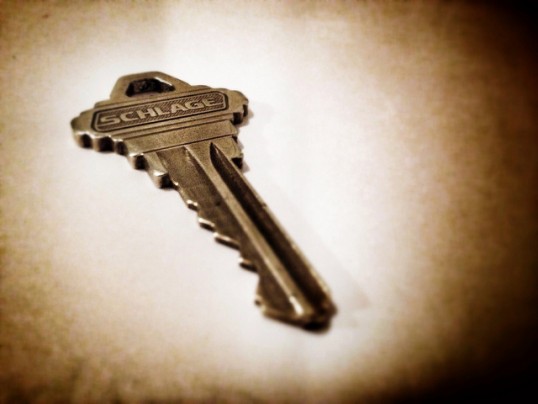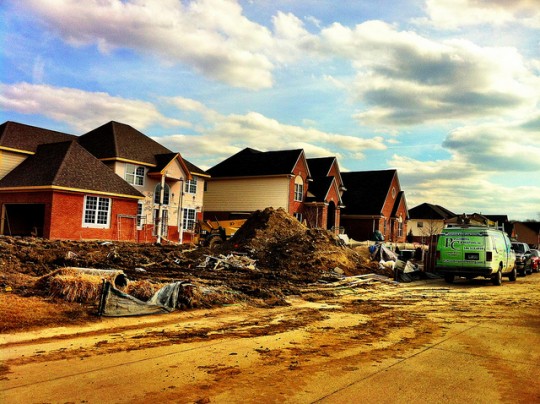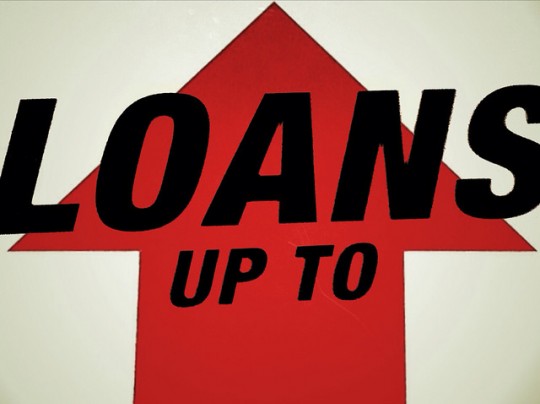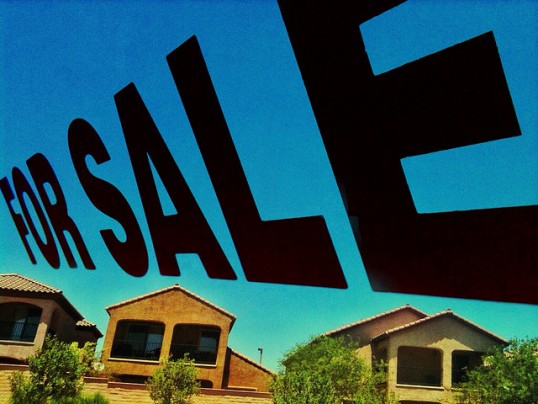A majority of Americans believe that home prices in their area will rise over the next year, according to a new survey from Gallup. The survey found 56 percent of Americans say they expect average prices to increase, which is up from an all-time low of 21 percent in 2011. It is also five times the number that say prices will fall. The results of Gallup’s annual Economy and Personal Finance poll are further evidence that optimism about the housing market continues to build after experiencing sharp declines following the housing crash. Americans are confident that prices will keep trending upward and that now is a good time to capitalize by purchasing a home. In fact, 74 percent of respondents said it was a good time to buy a house, which is among the most positive readings in survey history. The number of Americans who think now is the time to buy has been climbing in recent years after dropping to 52 percent in 2006. According to Gallup, Americans’ view of the housing market has mostly recovered from the lows seen during the downturn. People feel the worst is over but prices aren’t yet overvalued. This perception is partly responsible for the expectation that this spring and summer will see an increase in home sales. More here.
Archive for April 2014
Pending Home Sales Show Signs Of Spring
The National Association of Realtors’ Pending Home Sales Index measures the number of contracts to buy homes signed each month. The index – which is a good indicator of future sales of previously owned homes – jumped 3.4 percent in March, beating economists’ expectations and providing the first signs of a spring sales spike. Lawrence Yun, NAR’s chief economist, said the gain was inevitable. After a slow winter, buyers had an opportunity to look at homes and are beginning to make offers, Yun said. Regionally, pending sales were up in the Northeast, South, and West, falling only in the Midwest, where they slipped 0.8 percent. Home sales are expected to trend upward this year, as more homes are put up for sale and the economy and job market continue their ongoing recovery. Still, despite the fact that existing-home sales are expected to rise throughout this year and next, total sales in 2014 will likely be lower than they were the year before. The NAR expects total sales to reach 4.9 million this year. In 2013, sales were estimated at nearly 5.1 million. More here.
Millennials Hold Key To Future Housing Demand
The combination of a growing economy and pent-up demand for housing should boost household formation and home sales, according to a number of economists participating in an event for the National Association of Home Builders. Their forecast for this year and next focuses on how improving economic conditions will spur young Americans, who have been living with their parents or renting, to enter the market and begin buying homes. Maury Harris, managing director and chief U.S. economist at UBS, said people between the age of 25 and 34 will begin to feel better about their economic circumstances as unemployment comes down and credit availability eases. As this happens, Harris believes household formation will pick up and there will be fewer shared households and less doubling up. According to Harris, normal household formations have fallen short by about 2.5 million following the recent recession, in part due to graduating college students moving in with their parents or doubling up in apartments. Naturally, as economic conditions improve for these young adults, they will begin purchasing homes and forming households of their own. More here.
New Home Sales Slide In March
Sales of newly built single-family homes fell 14.5 percent in March from February’s rate, according to estimates released by the U.S. Census Bureau and the Department of Housing and Urban Development. The decline was more than economists expected and put new home sales 13.3 percent below last year’s level. Winter weather has been blamed for much of the sales slowdown seen throughout the early months of 2014 but, according to the report, sales fell in the West and rose in the Northeast, indicating the disappointing March numbers aren’t just due to harsh weather. Still, sales estimates for December through February have since been revised upward and the sales pace over the past year is much improved from where it was in 2011 and 2012. In short, sales of new homes – just like the overall economy and housing market – have been recovering slowly ever since the financial crisis and recent recession. Analysts expect sales to continue that recovery and pick up as the year goes on. More here.
Size Of Average Home Loan Breaks Record
According to new data from the Mortgage Bankers Association’s Weekly Applications Survey, the size of the average loan to purchase a home has reached the highest level in the history of the survey. The average loan is now $280,500. This is due, in part, to the fact that interest rates on mortgages with jumbo balances are low by historical standards. In fact, they are even lower than rates on loans with conforming balances, which is not typically the case. But it is also consistent with a trend toward rising purchase activity for larger loan amounts, the release said. Also, the MBA’s survey found that overall demand for mortgage applications fell 3.3 percent last week. The Refinance Index was down 4 percent from the previous week and purchase activity dropped 3 percent. The decline follows a 4.3 percent increase in demand the week before. The MBA’s survey has been conducted weekly since 1990 and covers 75 percent of all U.S. retail residential mortgage applications. More here.
Existing Home Sales Flat In March
Sales of previously owned homes were virtually unchanged in March, according to new data from the National Association of Realtors. Existing home sales – which include single-family homes, townhomes, condominiums, and co-ops – were 0.2 percent below February’s rate and 7.5 percent below year-before levels. Lawrence Yun, NAR’s chief economist, said that sales activity is slow by historical standards. There should really be stronger levels of home sales given our population growth, Yun said. Still, Yun believes there will be improvement in the months ahead, due to continued gains in the job market and sales of homes that were delayed over the winter because of harsh weather. Regionally, home sales were up in the Northeast and Midwest but fell in the South and West. Housing inventory – which drives price increases when low – improved in March, with unsold inventory up 3.1 percent from a year ago. There were 1.99 million previously owned homes available for sale at the end of the month. At the current sales rate, that represents a 5.2-month supply, up from a 4.7-month supply one year ago. Also, the median existing-home sales price for all housing types was $198,500. More here.
Expected Gains Will Help Housing Momentum
Economic and housing market growth was slow in the first quarter but both are expected to pick up as the year goes on. In fact, according to Fannie Mae’s Economic & Strategic Research Group, that expected pick up should begin this quarter and carry through the rest of the year. Doug Duncan, Fannie Mae’s chief economist, said the agency has downgraded their housing forecast slightly but the recent loss of momentum is a temporary one. Duncan believes housing will contribute to economic growth this year, with both new home sales and new residential construction experiencing increases over last year’s totals. Existing-home sales, on the other hand, have been relatively flat, due in part to the fact that there are fewer distressed properties being sold to real-estate investors this year as compared to the year before. Despite a slower-than-expected first quarter, however, Fannie Mae is still predicting a slight increase in overall economic growth in 2014 over last year’s pace. More here.

